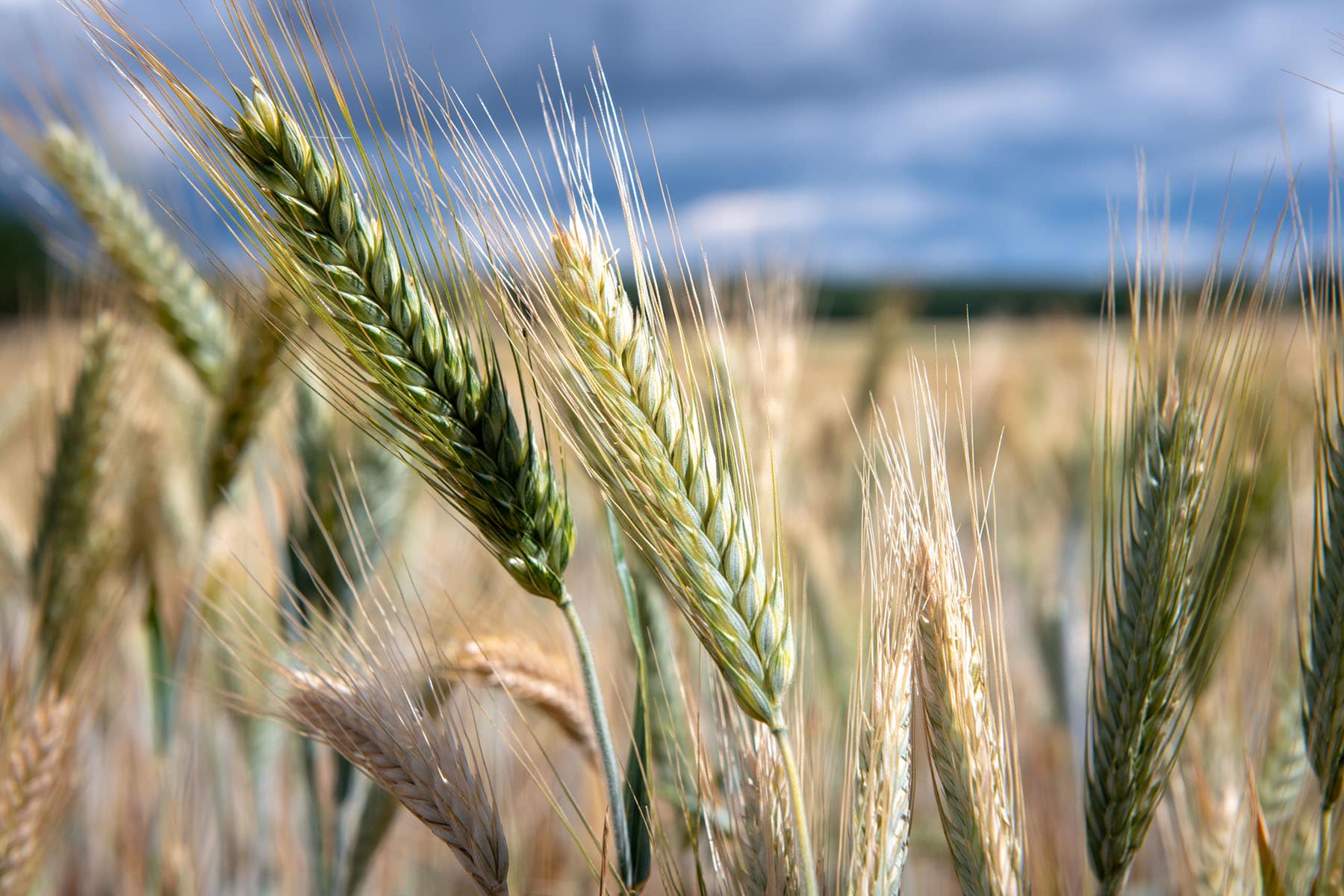 Photo by Edwin Remsberg/Getty Images
Photo by Edwin Remsberg/Getty Images One of the most unusually gratifying rituals in modern Jewish life is what we call the Counting of the Omer. Historically, from the second night Seder, we count each day journeying towards the next holiday, Shavuot, the holy time of receiving Torah at Mount Sinai. Originally an agricultural holiday, when we began to gather wheat in a measure called the Omer, a certain weight of grain, it became an offering, an expression of gratitude for the harvests that sustain our people physically. The rabbis shifted to a more spiritual idea which culminated in the mystical branch of Judaism, Kabbalah, turning it into a practice so that each day could become an offering of the spirit.
The process was an expression of the teachings of Kabbalah that each one of us is a metaphoric Tree of Life, rooted in heaven connected to G-d, sprouting downward toward earth and emanating seven expressions of Divine qualities: Lovingkindness, discerning boundaries, creating harmony, movement through action, humility and restraint, foundation and relationships, and dwelling in groundedness. Though at first glance this may seem complicated, there is a chart that shows the quality for each day as well as the one for the week, one for each of the seven weeks leading to the holiday. This is meant to help us come to a more enlightened and expanded awareness ready to receive the gift of Gd’s teachings through Torah.
The Tree has a total of 10 places reflected on the body which have names representing qualities and characteristic we all possess. Working to keep them in balance and beautiful harmony with each other is the goal, but as human beings, by our very nature, we lack perfection so we work constantly to increase our knowledge of who we are, how we behave, and how we can become better. This period between Passover and Shavuot is such a time for a deeper look at our inner psycho-spiritual workings, using skills and tools from meditation to therapy, in order to grow so we can fulfill our own destiny in greater accomplishment, deeper commitments, and satisfying relationships with loved ones, friends, and with G-d.
On the chart we have three places in the head, all related to consciousness, wisdom, knowing, and spiritual awareness. From the neck down we have seven places, all part of our physical and emotional being. Each of these seven represents one of the weeks from Passover to Shavuot and each day represents one of the seven and its connection to the quality for that week. Judaism through its temporal emphasis becomes an opportunity to learn and intensify all that nurtures goodness, something the world needs right now, to help fulfill our mandate to be a light to the nations and help justice grow.
Abraham Joshua Heschel teaches that when we pray the goal is to become subversive, to overthrow injustice and oppression in the world. In Judaism, prayer is a form of self-discovery, and the work of self-awareness is not ego driven but to help redeem the world through our actions of kindness, compassion, and support of the other. Our daily efforts to emanate Divine qualities is an expression of strength, courage, and Tzedek, righteousness. The more we align our Tree, rooted in heavenly desire for good with our earthly expression through action we connect the immanent Divine presence, called Shechinah with the Transcendent Divine presence, the Kadosh Baruch Hu, the Holy Divine Couple, creating a connection and sense of wholeness throughout the whole world.
Our fruitfulness is the potential for transformation of each one of us so that the seeds can then flow toward others, enriching their lives as well.
The Hebrew word for counting is also telling. As we count from Day 1 to Day 49, 7 days within 7 weeks, we are telling our story, accounting for the arc of our lives, moving from liberation in Egypt to revelation at Sinai. We connect with our ancestors, whose salient offerings were the very work of their hands, the gathering of their produce. Centuries later, we reflect a more ephemeral work, one that reverberates throughout time and space, lifting us all up to a higher level of consciousness. Our fruitfulness may not be in the produce of the soil, but it is the potential for transformation of each one of us so that the seeds can then flow toward others, enriching their lives as well.
Eva Robbins is a rabbi, cantor, artist and the author of “Spiritual Surgery: A Journey of Healing Mind, Body and Spirit.”























 More news and opinions than at a Shabbat dinner, right in your inbox.
More news and opinions than at a Shabbat dinner, right in your inbox.